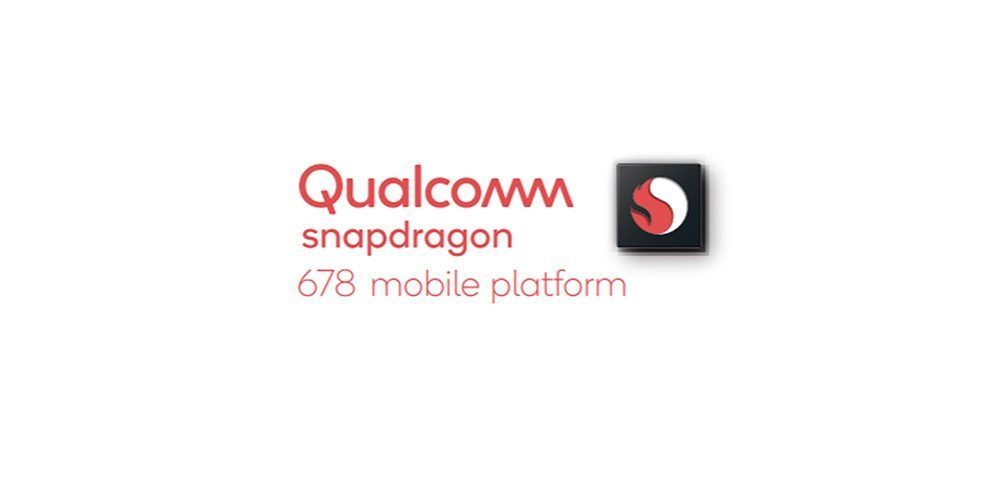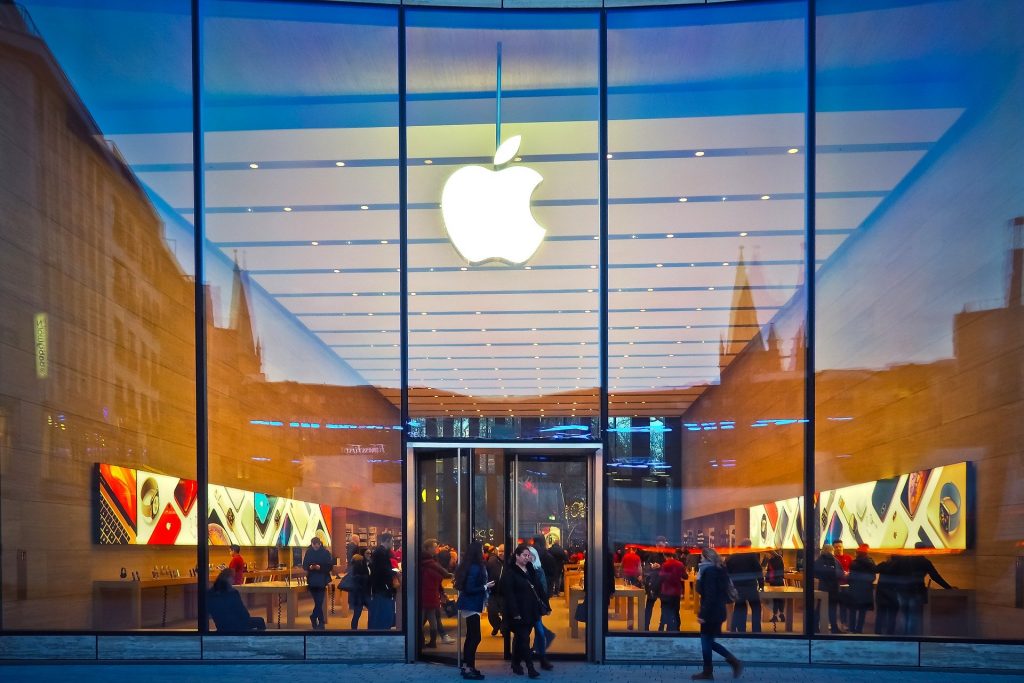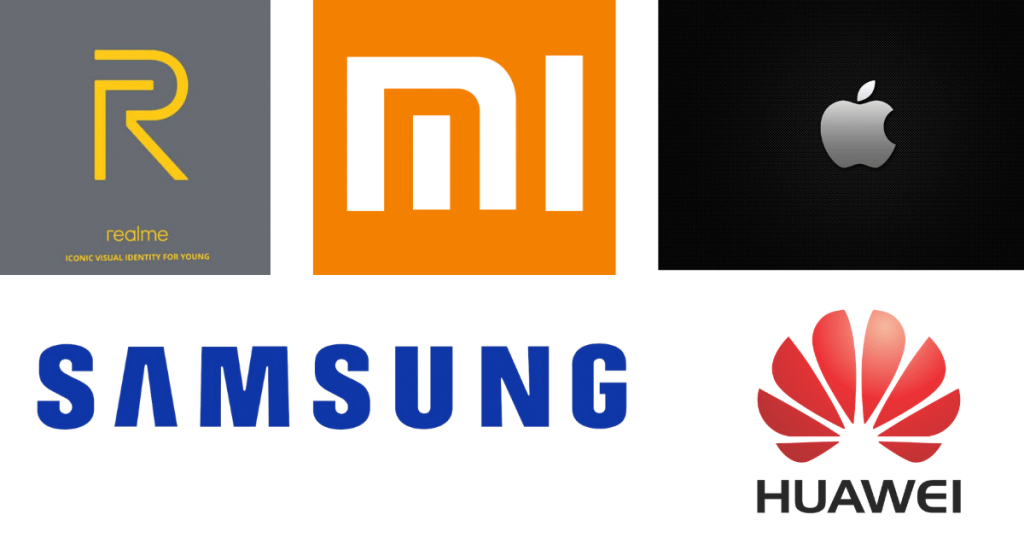US Lawmakers to Back Bid to Replace Chinese Telecom Equipment as Huawei and ZTE Fear Bans
Chinese companies have been having a hard time in recent months due to several geopolitical reasons. The swam of negativity doesn’t seem to be getting better any time soon. Recently, US lawmakers said they would support a bid to ban Chinese telecom providers and opt instead for local carriers. The deal, which will be worth around $1.9 billion, or INR 14,000 crore will enable America to remove telecom equipment created by Chinese companies. In this article, we will take a look at why the government is going ahead with this, and what it means to these companies.

Ban of Chinese Equipment
The primary aim of this program is to remove all the network equipment provided by Chinese companies. The American government believes that such telecom network equipment poses a threat to national security. Sources close to the government mentioned on Sunday that this bill would be a part of the COVID relief bill. Additionally, lawmakers will also back another program worth over $3.2 billion to provide broadband services for low-income Americans. This emergency network connectivity plan will help a large section of America’s population and was first reported by Reuters.
COVID Relief Bill
The relief bill planned to mitigate the effect of the COVID-19 pandemic is worth around $7 billion. This INR 51,600 crore bill will offer several health and connectivity-related benefits to people. Nancy Pelosi, who serves as the House Speaker, confirmed that it would also help improve people’s access to broadband. This claim was also supported by Chuck Schumer, who serves as the Democratic Leader of the Senate. Through a joint statement, the pair noted that such a bill would help millions of families afford internet services during these trying times.
FCC to Halt Chinese Telecom Operations
The Federal Communications Commission noted in June that it was issuing threats to Chinese companies. Both ZTE and Huawei were treated as potential threats for national security. Hence, the FCC declaration bans American firms from buying equipment from these service providers. In early December, the FCC finalized the guidelines regarding how broadband carriers will treat such operators. They advised companies to rip and replace equipment bought from ZTE and Huawei. However, the companies are still awaiting funds from Congress to make the transition to local products.
Reactions from Operators
Huawei released a statement shortly afterwards stating its disappointment with the FCC’s decision. Forcing the removal of their hardware from telecommunication networks will come as a big blow to the Chinese company. Additionally, the company said that such a move would put millions of Americans in underdeveloped rural areas at risk. The pandemic has increased the value of reliable communications, and Huawei believes that this decision by the FCC will endanger access to such communication.
However, the FCC has stressed on how it will enact a Bill that will provide better services to underprivileged Americans. The emergency broadband program will help millions of people who no longer have access to the internet due to the COVID-9 pandemic. Qualifying households will also receive a $50 monthly subsidy to help them set up and establish Internet connections.
Further Details About the Bill
As per the bill, the rip-and-replace order will apply to all service providers who have less than 10 million subscribers. However, the program will prioritise companies that have less than 2 million subscribers as per a draft fact sheet. It will also provide roughly $285 million to establish an office for minority initiatives with the National Telecommunication and Information Administration. This office will help with connecting minority communities and ensuring they remain connected to the internet.
The office will also support educational institutions and businesses that help minorities or are owned by them. The bill also includes an additional $250 million to support tele health and roughly $1 billion for a tribal connectivity program. Additionally, it features a $300 million grant program to promote rural broadband expansion programs and roughly $65 Million to help build better broadband maps.

Being a cinephile with a love for all things outdoorsy, Athulya never misses a chance to chase inspiring stories or poke fun at things, even when the subject is herself. Currently pursuing a degree in mechanical engineering, she is someone innately interested in technical and scientific research. Music reviews and op-eds define her as they allow her to explore different perspectives. Though sometimes she thinks she makes more sense playing the guitar than she does while writing.




